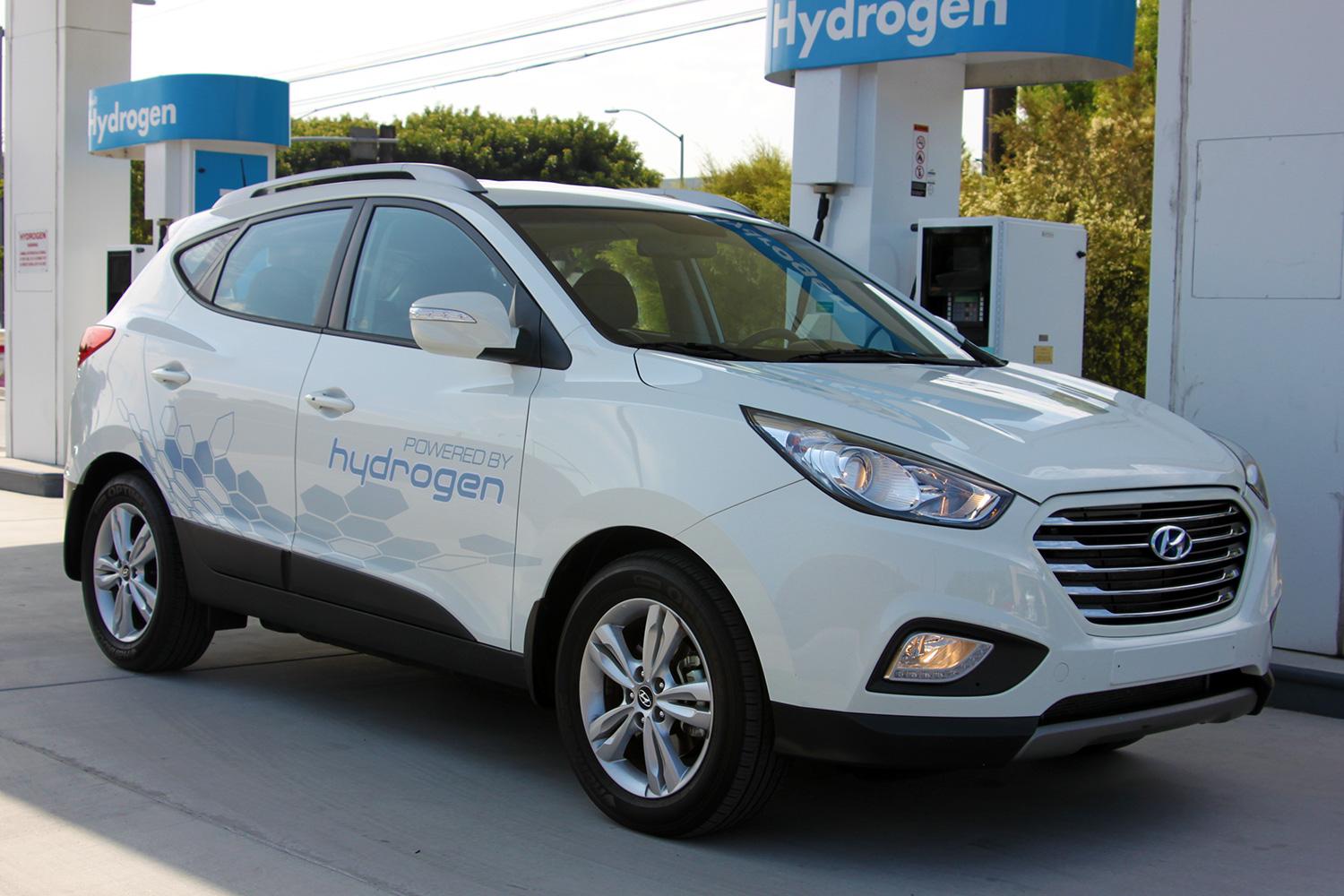Scientists from University of California Irvine’s National Fuel Cell Research Center have successfully derived hydrogen from human waste!
The sewage to hydrogen process involves several treatment steps: (1) Sewage is separated into water and biosolids. (2) The solid waste is digested by microbes. (3) A byproduct of the microbes digestion is a gas composed of approximately 60% methane and 40% carbon dioxide. (4) The methane is piped into a “tri-generation” fuel-cell device producing electricity, heat and hydrogen.
The Southern California waste facility produces and dispenses hydrogen on-site from a public pump. For more information on this article click here.
Hyundai has capitalized on this new source of hydrogen and released a new hydrogen fuel-cell vehicle, the Tucson Fuel Cell. Fuel-cell electric vehicles powered by pure hydrogen emit only water vapor, no pollutants. These vehicles have the capability to fully refuel in around three minutes and travel 300 miles on one tank of hydrogen.
For more information on how fuel cell vehicles work visit the DOE Alternative Fuels Data Center.
Look out for more hydrogen stations and fuel-cell vehicles as this technology develops.

